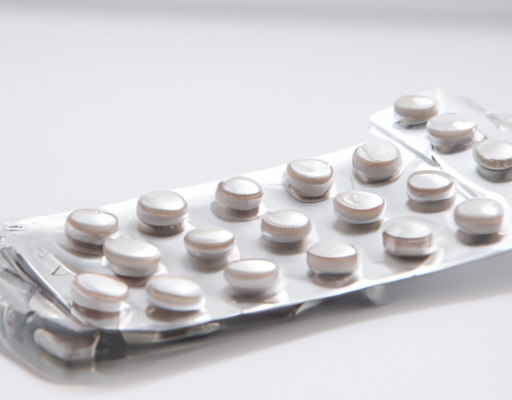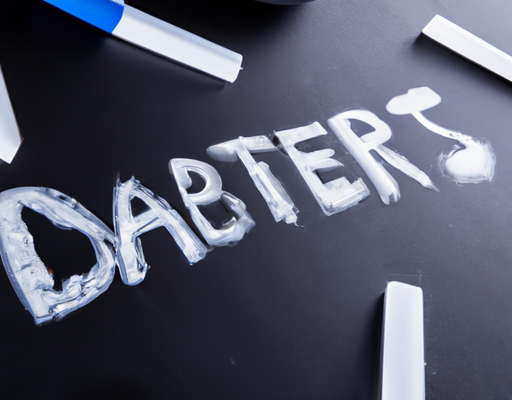What is diabetes insipidus?
Diabetes insipidus (DI), is a rare disorder that affects the way the body regulates and balances fluids. This can lead to an excessive thirst and frequent urination. People with this disorder lose a large amount of fluids which contain electrolytes, causing dehydration and an imbalance of electrolytes in the body. Understanding the basics of this disorder is important for those affected and their families. Here’s what you need to know about diabetes insipidus:
- It is caused by a decrease in the amount of the antidiuretic hormone, also known as vasopressin.
- It is not the same as diabetes mellitus, which is caused by an inability to produce or use insulin.
- It is commonly diagnosed due to excessive thirst, polyuria (excessive urination), and polydipsia (excessive drinking).
- It can be caused by certain medications, tumors, head injuries, kidney disease or genetic defects.
- It is treated with medications or a combination of medications and lifestyle changes.
What causes excessive thirst?
Excessive thirst is one of the most common symptoms in those with diabetes insipidus (DI). DI is caused by inadequate production or action of the antidiuretic hormone, also known as vasopressin. This hormone is responsible for controlling the amount of water released in the urine. When it’s not functioning as it should, it causes polyuria (excess urination), polydipsia (excessive drinking) and polyphagia (excessive eating). Not enough vasopressin will cause the kidneys to excrete too much water and electrolyte, leading to dehydration and those with DI feeling very thirsty. There are three basic types of DI. The most common is nephrogenic DI, which is caused by a dysfunction in the kidneys. Another type is central DI and occurs when the hypothalamus doesn’t produce enough vasopressin. Lastly, gestational DI usually happens in pregnant women and is due to the presence of high levels of steroids. Excessive thirst is an important symptom of diabetes insipidus, and recognising it early can help with an accurate diagnosis and treatment.
What are the symptoms of excessive thirst?
Having excessive thirst can be an indication of numerous underlying illnesses, and diabetes insipidus is one such condition. Diabetes insipidus causes considerable thirst and an increase in the need to drink fluids, due to an insufficiency of antidiuretic hormone (ADH). Common symptoms of excessive thirst due to diabetes insipidus include a strong desire for fluids, frequent urination and intense pain due to dehydration. People with this condition are advised to keep water nearby to prevent dehydration. Additionally, blood tests or a water loading test can help in diagnosing diabetes insipidus and further treatment can begin. It’s important to keep in mind that although excessive thirst can be a symptom of a serious health condition, it is likely caused by less severe underlying illnesses and can be managed with a few lifestyle changes.
How is excessive thirst treated?
Excessive thirst is a common symptom of diabetes insipidus and can lead to dehydration if left untreated. Fortunately, there are a variety of treatment options available depending on the severity of the condition. For mild cases, an intake of fluids throughout the day and frequent bathroom breaks to empty the bladder may be enough to stave off dehydration. In more severe cases, medication may be necessary to minimize the symptoms of polyuria and polydipsia. Desmopressin is the most commonly prescribed treatment; it is a synthetic version of the natural hormone antidiuretic hormone (ADH), which helps the body conserve water. Additionally, physicians may recommend a low-salt diet and certain lifestyle changes like limiting caffeine and alcohol intake as a way to reduce thirst and dehydration. While these treatments help manage the condition, individuals should still drink extra fluids to stay hydrated even when symptoms have been alleviated.
What are the complications of untreated excessive thirst?
The excessive thirst associated with diabetes insipidus, if left untreated, can lead to several significant health risks. Without prompt and proper treatment, the constant drinking can result in dehydration, electrolyte imbalances, blood sugar imbalances, organ damage, and decreased physical performance. The excessive thirst can lead to higher-than-normal urinary output as the body attempts to rid itself of the excessive fluids it is taking in, leading to frequent urination. Sleep disruption can also be a consequence of the excessive drinking, leading to fatigue and decreased concentration. If the diabetes insipidus is caused by an underlying medical condition, like kidney or endocrine disorders, those conditions may also worsen over time without proper treatment. It’s important to speak with your health care provider about options to manage and treat the excessive thirst associated with diabetes insipidus.





No Comments